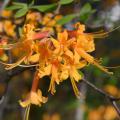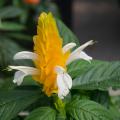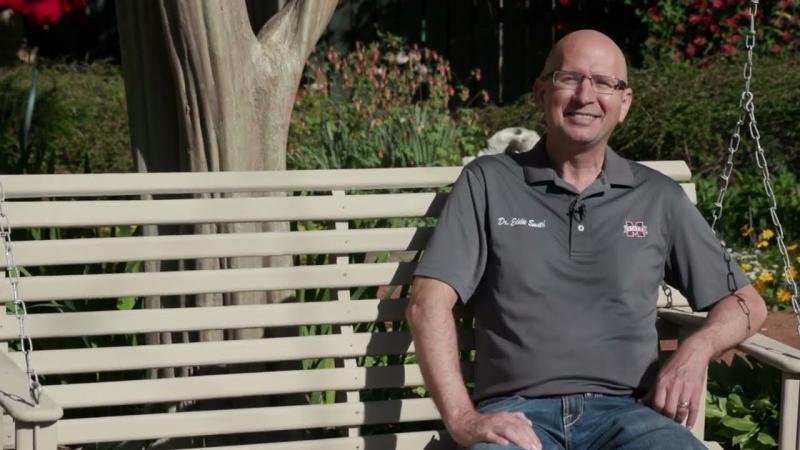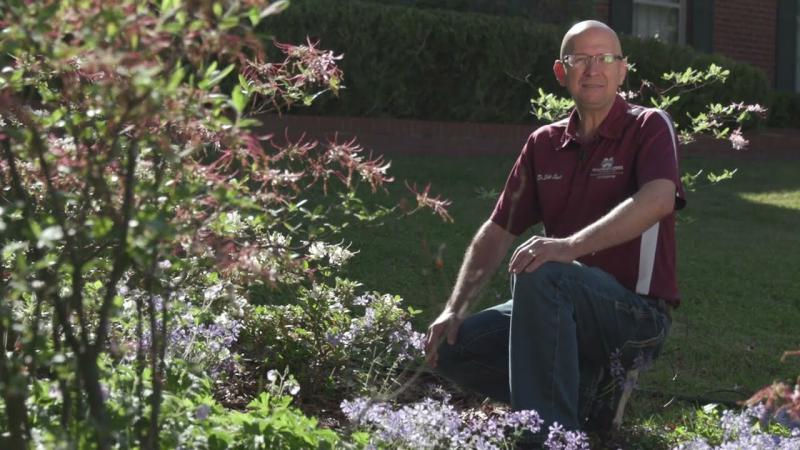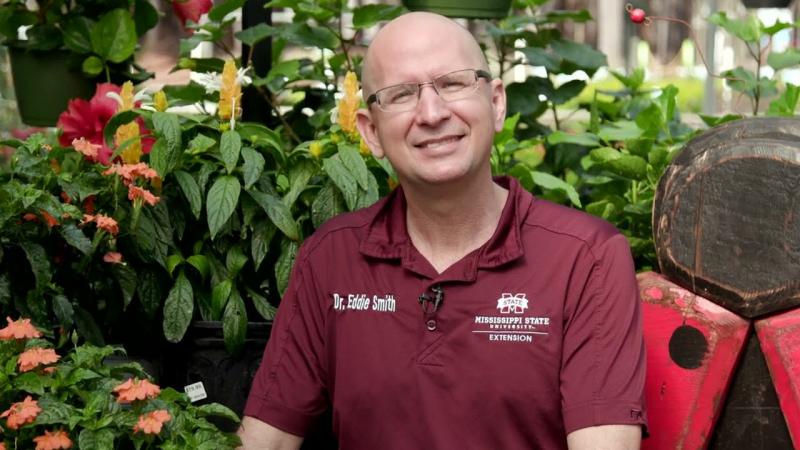Site Selection, Bed Preparation and Planting of Roses
Publications
News
I recently had the pleasure of visiting my friend Sarah Young’s gardens in Tupelo, and I enjoyed her stunning collection of plants that are perfect for Southern gardens.
During my visit, I was amazed by her spring-blooming native plants, especially the native azaleas which were in full bloom. Their white, pink, yellow and orange flowers were absolutely breathtaking.
I recently visited with the DeSoto County Master Gardeners and had the opportunity to tour their learning garden/arboretum at the DeSoto County Extension office in Hernando. Some of the plants, trees and shrubs were starting to come out of their winter slumber, showing some beautiful spring color. I noticed that the arboretum area was adorned with a Possumhaw viburnum in full bloom.
During my Southern Gardening travels across Mississippi, I have observed how plants grow differently across the state. For example, several perennial plants that typically grow in some areas act as annuals in other areas due to colder winter temperatures.


